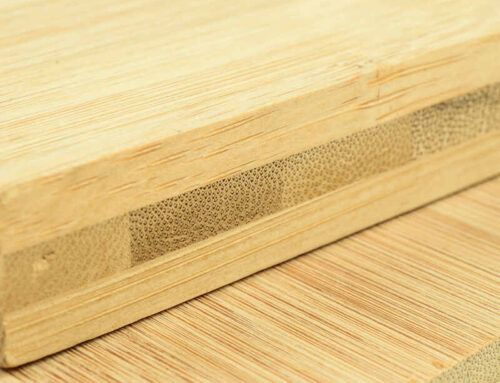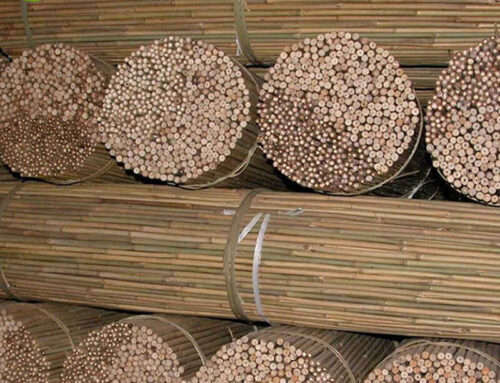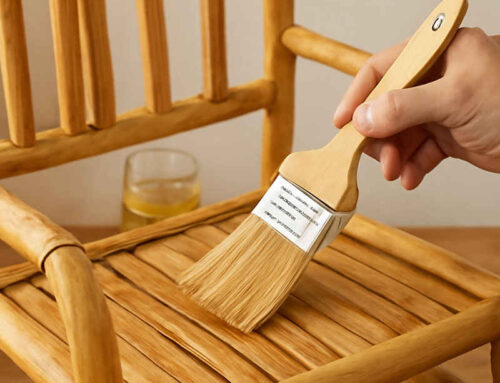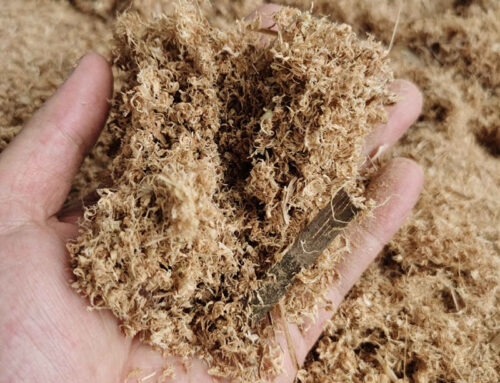Bamboo, usually called as the “green steel,” is one of the most versatile and sustainable resources on the earth. Its rapid growth rate, incredible strength, and natural beauty have made it a cornerstone of traditional crafts and a rising star in modern, eco-conscious industries. From flooring and furniture to textiles and tableware, the applications of bamboo are vast and expanding.
However, transforming a raw, cylindrical bamboo culm into a refined, market-ready product is a complex journey that relies heavily on specialized machinery. This guide provides a detailed overview of the essential equipment used in modern bamboo processing, tracing the path from the initial harvest to the final, polished products.
Phase 1: Primary Processing – From Raw Culm to Basic Components
This initial stage involves breaking down the whole bamboo pole into standardized, workable pieces. The machinery here is robust, high-powered, and designed to handle the unique challenges of the bamboo’s cylindrical and node-filled structure.
- Bamboo Cross-Cutting Saw
The first step in any bamboo workshop is cutting the long culms to a manageable and transportable length.
- Function: To cut bamboo poles transversely into predetermined lengths, typically removing the irregular ends and sectioning the culm for further processing.
- Key Features: These are often high-speed circular saws or band saws. Automatic cross-cutting machines can be fed whole culms and will make repeated cuts at set intervals, significantly boosting efficiency. Safety features like blade guards and automatic brakes are very important.
- Output: Shorter sections of bamboo, ready for splitting or other primary processing.
- Bamboo Splitting Machine
The hollow,cylindrical form of bamboo is not suitable for most flat products. Splitting machines are used to crack the culm open longitudinally.
- Function: To split bamboo sections into strips of various widths. Early versions used a series of blades to push through the culm, while more advanced machines use a crushing and expanding mechanism that results in less waste and more same strips.
- Key Features: The number and configuration of the blades or wedges determine the width of the output strips. Modern machines offer adjustable settings for different desired strip widths.
- Output: Split bamboo strips, which are the basic building blocks for mats, boards, and woven products.
- Bamboo Node Removing Machine
The nodes,the solid diaphragms inside the bamboo culm, are harder and more brittle than the internodal material. For a smooth, same product, they must be removed.
- Function: To shave off the protruding internal and external parts of the nodes, creating a smooth, level surface on the bamboo strip.
- Key Features: This machine typically uses high-speed rotating cutters or planers that the bamboo strip is fed through. Precision is very important to removing the node while not gouging the valuable internodal material.
- Output: Node-free bamboo strips, which are basic needs for high-quality weaving, laminating, and flooring.
- Bamboo Planing and Sizing Machine
Once split and de-noded,the strips are often irregular in thickness and surface texture. Planing machines bring them to a precise and same dimension.
- Function: To plane the outer skin (epidermis) and inner soft layer (parenchyma) from the bamboo strip, resulting in a consistent rectangular cross-section.
- Key Features: These machines consist of a series of powered rollers that feed the strips through multiple cutter heads. A typical machine will have top and bottom cutter heads to plane both surfaces simultaneously, and some may include side planers to control the width. The depth of cut is precisely adjustable.
- Output: Dimensionally uniform, smooth bamboo slats, often with a rectangular profile, ready for drying and secondary processing.
Phase 2: Drying – The Critical Step for Stability
Bamboo has a high moisture content when freshly harvested. Without proper drying, finished products are prone to warping, cracking, also cause fungal attacked.
- Bamboo Drying Kiln/Oven
Artificial drying is necessary for industrial-scale production to ensure product stability and meet production schedules.
- Function: To reduce the moisture content of bamboo strips or semi-finished products to a level suitable for their end-use (typically 8-12%).
- Key Features: Industrial drying kilns are insulated chambers that control temperature, humidity, and airflow. They can be heated by steam, hot water, or thermal oil, and use fans to ensure same air circulation. Modern computer-controlled kilns follow precise drying schedules to minimize stress and defects in the bamboo.
- Output: Stable, low-moist-content bamboo material that will not shrink or deform significantly after manufacturing.
Phase 3: Secondary Processing – Shaping and Assembly
With dry, standardized slats in hand, the next phase involves shaping them into components and assembling them into final products.
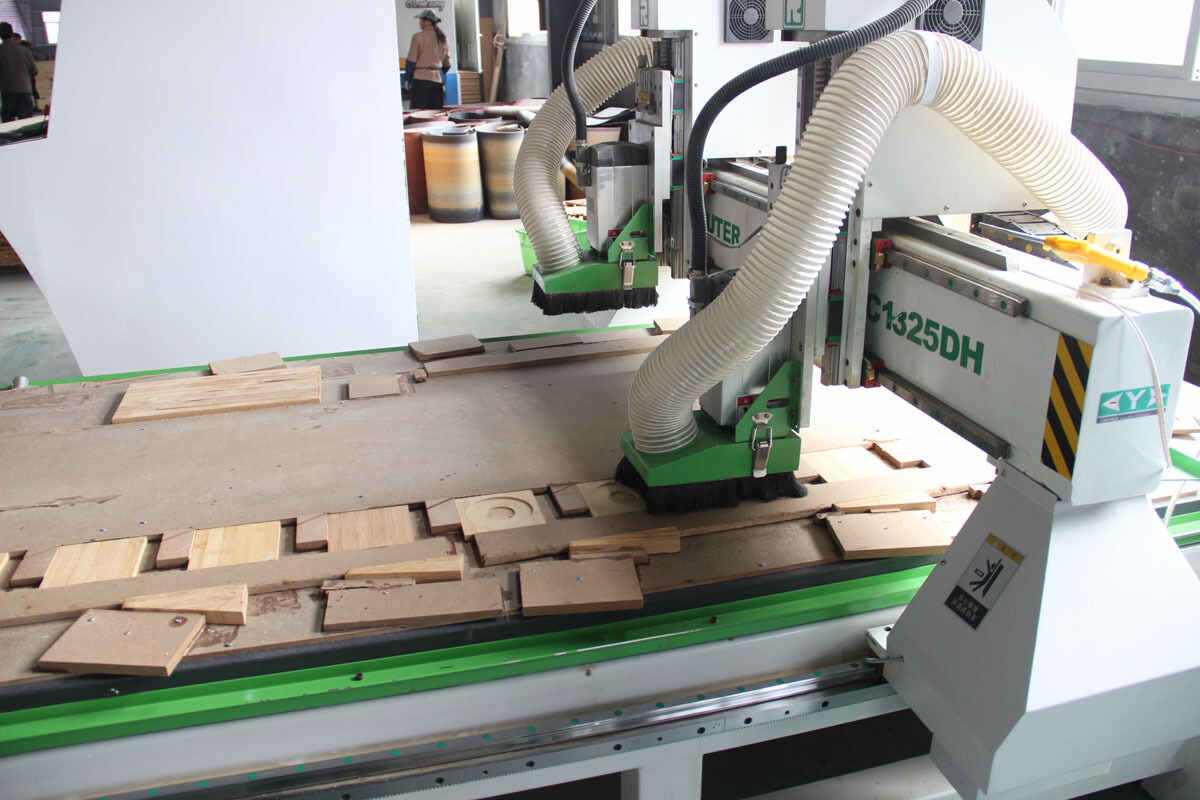
- Bamboo Finger Jointing Machine
To maximize material yield and create long,continuous pieces from shorter strips, finger jointing is used.
- Function: To create “fingers” or “comb” profiles on the ends of two bamboo pieces and join them with adhesive under high pressure, forming a strong, seamless joint.
- Key Features: This is a multi-step machine or production line. It first mills the finger profile onto the ends of the slats, applies a strong waterproof adhesive (like PU or RF glue), and then presses the two pieces together. The precision of the milled profile plays a decisive role for joint strength.
- Output: Long, continuous bamboo laminae, which are the primary material for laminated bamboo boards (plybamboo).
- Bamboo Lamination Press (Cold Press & Hot Press)
Lamination is the core process to create solid bamboo panels, boards, and beams.
- Function: To bond multiple layers of bamboo slats or laminae into a solid, dense panel under high pressure.
- Process:
- Assembly: Treated slats are coated with adhesive and assembled into a mat, with the grain direction of alternating layers arranged perpendicularly (like plywood) or parallel for a different aesthetic.
- Cold Press: The assembled mat is first placed in a cold press. This initial pressing squeezes out excess adhesive and ensures the layers are tightly packed and aligned before the glue cures.
- Hot Press: The mat is then transferred to a hot press. The combination of heat and pressure cures the thermosetting adhesive (like Phenol Formaldehyde or Urea Formaldehyde), creating a permanent, waterproof bond. Hot presses are multi-opening, allowing many panels to be pressed simultaneously.
- Output: Solid laminated bamboo boards, which can be used for flooring, table tops, countertops, and structural beams.
- CNC (Computer Numerical Control) Router
For custom, intricate, or complex designs, the CNC router is the right tool of precision and flexibility.
- Function: To automatically carve, cut, drill, and engrave bamboo panels and components based on a digital design file.
- Key Features: A CNC router is a computer-controlled machine that moves a high-speed router bit along three or more axes. It can produce complex shapes, intricate patterns, mortise and tenon joints, and 3D relief carvings with incredible accuracy and repeatability. It is essential for custom furniture, decorative panels, and architectural elements.
- Output: Precisely machined bamboo parts, ready for assembly or finishing.
- Bamboo Curving and Bending Equipment
Bamboo’s natural flexibility can be permanently set to create curved components for the furniture and design.
- Function: To bend bamboo strips or laminae into a desired curved shape.
- Process: Bamboo is first softened using heat (steam) or by soaking in a chemical solution. It is then clamped into a mold or jig that defines the curve and held in place until it cools and dries, setting the new shape. Specialized hydraulic or mechanical presses are used for this.
- Output: Curved bamboo components for chairs, arches, and other designer products.
Phase 4: Finishing – The Final Touch
The final phase enhances the appearance, durability, and feel of the bamboo product.
- Wide Belt Sander
To achieve a perfectly smooth and level surface on bamboo panels, wide belt sanders are used.
- Function: To sand the surface of bamboo boards to a same thickness and a desired smoothness.
- Key Features: These machines feature a continuous abrasive belt that runs over a series of rollers. The panel is passed through the machine on a conveyor bed, and the sander can be configured with multiple heads, each with a progressively finer grit abrasive, for a flawless finish. They are indispensable for bamboo flooring and tabletop production.
- Output: A panel with a consistently smooth surface, ready for coating.
- Finishing and Coating Lines
To protect the bamboo from moisture, UV radiation, and wear-and-tear, a protective coating is essential.
- Function: To apply stains, sealers, and topcoats (like UV-cured polyurethane or oil) evenly and efficiently.
- Key Features: This can be a semi-automated or fully automated line. It typically consists of:
- Roller Coater: Uses a roller to apply a precise, same layer of coating.
- Spray Booth: For more complex shapes or manual touch-ups.
- UV Curing Oven: For UV-cured finishes, the coated product passes under high-intensity UV lamps that instantly harden the coating, resulting in a very durable and fast-curing finish.
- Output: A finished, protected, and aesthetically enhanced bamboo product.
Specialized Machinery for Specific Bamboo Products
Except for the general workflow, specific product lines require highly specialized equipment.
For Bamboo Flooring:
- Milling Machines: These are multi-head profilers that mill the tongue-and-groove profiles on the edges and ends of flooring planks with extreme precision.
- End-Matching Machines: Specifically for creating the precise click-lock systems on the ends of modern engineered bamboo flooring.
For Bamboo Charcoal and Vinegar:
- Carbonization Furnaces: These are large, oxygen-limited kilns that bake bamboo with high temperatures (400-800°C) to produce bamboo charcoal. The by-product of this process, the condensed smoke, is collected as bamboo vinegar, a valuable liquid with agricultural and medicinal uses.
For Bamboo Textiles:
- Crushing and Soaking Tanks: Bamboo is mechanically crushed and then soaked in enzymatic solutions to break down the cellulose.
- Bamboo Pulping & Fiber Extraction Equipment: This specialized chemical and mechanical process extracts bamboo pulp, which is then processed similarly to viscose rayon to create bamboo fiber for clothing and textiles.
For Woven Bamboo Products (Mats, Baskets):
- Bamboo Sliver Weaving Machines: While much weaving is still done by hand for artisanal products, mechanized looms exist for producing large volumes of standard bamboo mats used for shading, fencing, or as the base layer for laminated sheets.
The Future of Bamboo Machinery
The bamboo products processing industry is continuously evolving with machinery trends focusing on:
- Automation and Robotics: Integrating automated material handling and robotic arms for loading/unloading machines to reduce labor costs and increase throughput.
- Precision and AI: Using computer vision and AI to automatically detect and sort bamboo strips based on quality, color, and density, optimizing material usage.
- Sustainability: Developing more energy-efficient kilns and presses, and machinery that can handle water-based, low-VOC adhesives.
Conclusion
The journey of bamboo from a fast-growing grass to a sophisticated, durable product is a testament to human ingenuity and engineering. The sophisticated array of machinery—from the simple splitting saw to the advanced CNC router—is what unlocks bamboo’s immense potential. By understanding this equipment, manufacturers can optimize their production lines, entrepreneurs can identify chances in the green economy, and consumers can appreciate the complex process behind the beautiful, sustainable bamboo products in their homes. As technology develops, this machinery will only become more efficient, precise, and accessible, further solidifying bamboo’s role as a material of the future.

